How to Create an Instructable

These are steps on how to create a great Instructable. Enjoy!
Come Up With a Topic

If you have a topic in mind, you can go ahead and run with that, but if you don't, you may want to brainstorm ideas. After coming up with ideas, you will want to narrow them back down based on feasibility and any other criteria you come up with. Example criteria could include cost, time, etc. A decision matrix is a good way to apply your criteria and pick your final idea (see example above).
To construct a decision matrix, list your top ideas vertically in the left column. Then list your criteria horizontally along the top row. Then rank each idea in every category with high numbers corresponding to the idea that best meets each criteria. Once you do this for the whole table, add up the scores in each row and pick the idea with the highest total.
Determine Your Audience

There are four types of audience members that you may want to be aware of. The most significant would be a primary reader. The group of primary readers includes anyone who will be reading your instructable with intentions of following the steps. Secondary readers will be reading the steps, interpreting them, and telling someone else what to do. These will be the two categories that are likely to be most relevant for you. Tertiary readers and gatekeepers are the other two types. They are going to be reading your instructable and evaluating it. They may also provide you with feedback. You may or may not have any of these last two readers depending on your audience.
Determine Needs, Values, and Attitudes of Potential Readers
Needs:
This part is where you should be figuring out what information your readers need to accomplish the task they are trying to complete. Organizing this information and making it understandable will come later, but for now you should gather all necessary information.
Values:
When determining values, we need to determine what the priorities of our audience members are. Are your readers trying to maximize profits, increase efficiency of a process, or do something completely different? Think about their goals and how you can help them achieve those goals.
Attitudes:
This is where you should think about how your audience will respond to your instructions. It is a good idea to think about what the audience will feel comfortable doing. If you tell them to do things they aren't comfortable doing, they may skip steps and/or lose interest in your instructions.
Determine Necessary Materials/equipment and Gather It
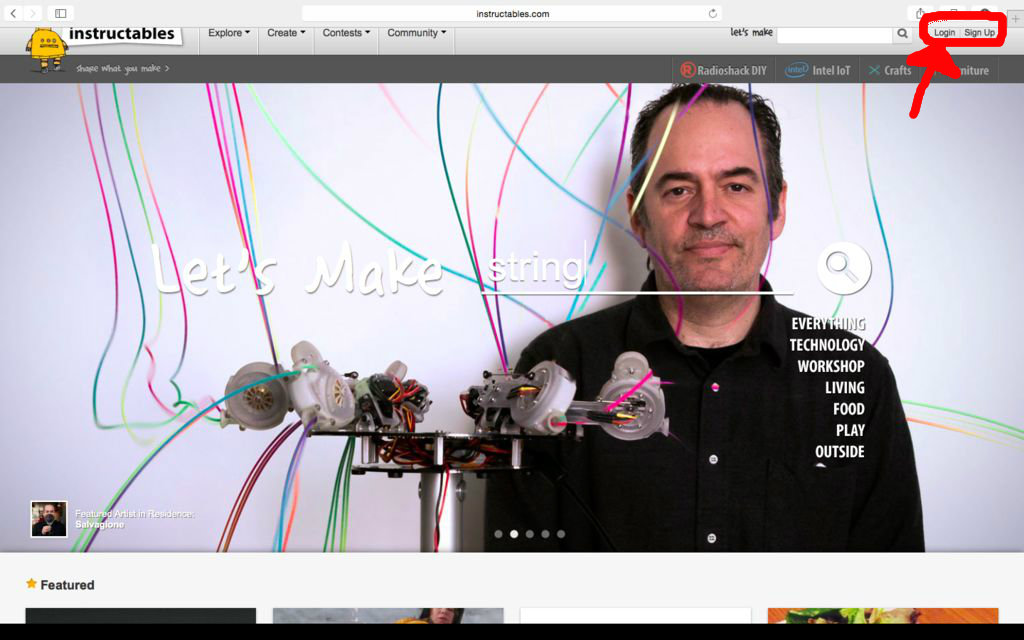
If any materials or equipment is required to complete the task you are describing, make sure to list that at the beginning. For example you will need an instructables account for this process, so if you do not already have one, create an account by clicking on the small "signup" link in the top right corner of the homepage. You will also need a camera. Any cell phone camera or other camera will do. It does not need to be anything fancy.
You can see above that I used a paragraph to describe the necessary materials for this project. Depending on your audience, you may want to use a paragraph, or you may want to use a bulleted form as you can see in the example on the next page. In either situation, pictures can be helpful.
Example Materials List: Building a Birdhouse

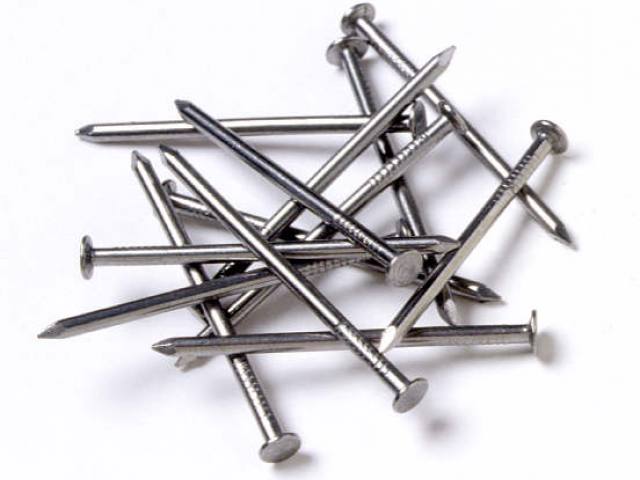
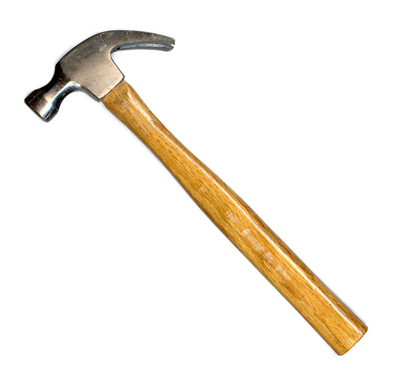
Materials:
1 Hammer
20 Nails
Wood (various sizes, see image)
Determine Potential Problems
Before you can start working on your instructable you have
to first consider every single problem that may happen during this process. Depending on what kind of instructable you plan on creating the risk will be higher than most but still, you have to make sure you have met all of the safety precautions for before you can start on your project.
Cautions:
First step that you would need to do before you start working is to make sure that every equipment and material you plan on using is safe and won't fail on you while your in the middle of the project. The equipment needs to be cleaned and thoroughly looked at. Everything needs to have new batteries so you don't need to change them in the middle of your instructable. The equipment also needs to be tightened so nothing can come lose and ruin everything.
Warnings:
There's a lot of things that can happen during your project and not only can your equipment hurt you the process itself can cause complications. If you are working with fire you will need to make sure that you keep a safe distance, you will need to use safety goggles to keep your eyes safe.
Danger:
There's going to be a lot of risks when doing these certain tasks. Depending on your project the risk will be higher or lower than most. As long as you can make sure that your equipment and materials are safe and secure before starting anything then the probability of injury or fatality will be significantly lower.
Example Safety Notice

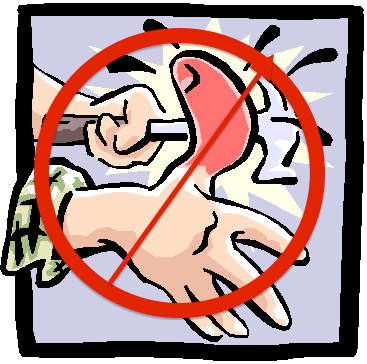
For this example safety notice, we will refer to the same building a birdhouse example as earlier.
Cautions:
If nails are left on the ground, they can cause problems including puncturing a tire if they are driven over.
Warnings:
Be careful when using a hammer. Hitting your finger can cause severe pain or even injury.
Dangers:
No major risks of severe injuries are present, but children should have an adult present to help if an injury does occur.
Perform the Task and Take Pictures As You Go
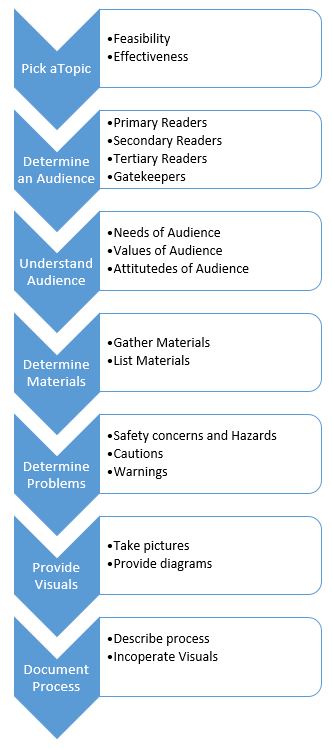
Now you have your task, audience, and safety all laid out.
It is time to perform the task on your own. As you work on your project, take pictures or video during each step for documentation. Providing before and after pictures for each step within a process helps give your audience a good visual for comparison. Take note of steps that you find challenging so that you can provide extra instruction to help your readers. Order and correct labeling are critical when keeping track of your pictures! Take clear photos and label with a brief description, remember your audience may not be familiar with your process!
For those instructables that images do not necessarily apply, like this one, provide charts and diagrams whenever possible. The visual provided is an example of a flow diagram describing how to wright an insrtuctable.
Write Steps in a Simple and Understandable Way


Be sure to keep your audience in mind when writing out the steps for your project. It is often times best to start with a bulleted list of what needs to get done and then add details as you go. If you are an expert in the field that you are writing on, you will want to avoid using technical terms that your audience may not understand. It may even be helpful to have a friend read through it and tell you if anything doesn't make sense.
When you are typing the steps in your instructable, you will see some buttons along the top toolbar. Be sure to use these. You can add the pictures you took earlier for a more understandable instructable, and you can save your work to finish later. When you are done, click the orange Publish button, and you will be walked through the final steps.